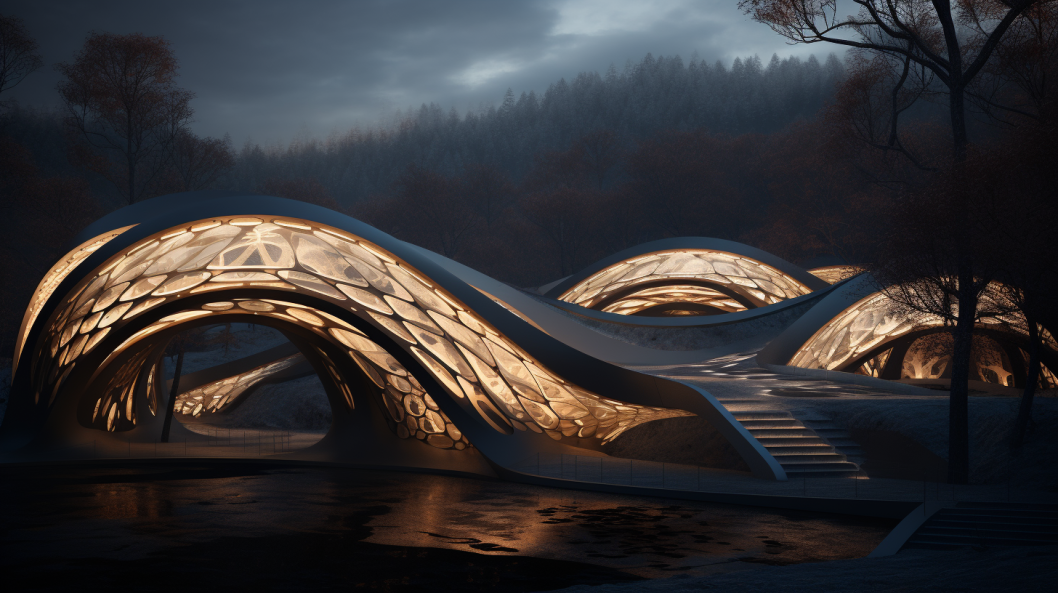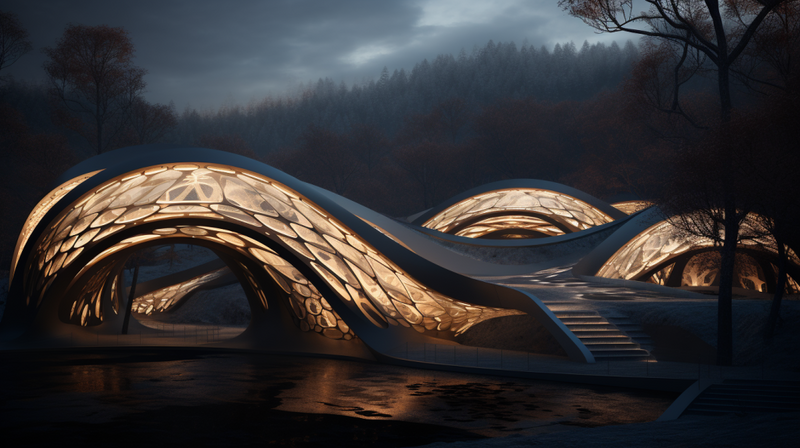In the hallowed halls of architectural history, the interplay of light with stone, wood, and glass has ever been a constant, albeit evolving, dialogue. Yet, as the digital age unfurls, encapsulating all sectors and streams, contemporary architectural practice, too, navigates through an intriguing narrative. It is a story where the vast ocean of digital artistry meets the dynamic river of parametric design, creating a confluence that is redefining the skylines of our modern cities.
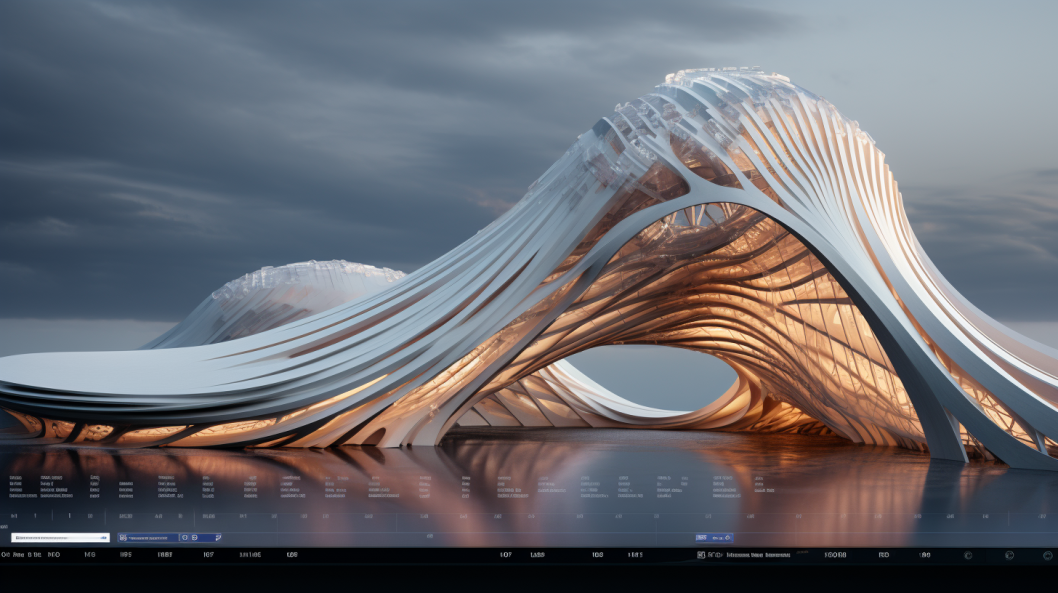
A Confluence of Art and Algorithm
Parametric design — the use of algorithms and computational design to control and generate architectural forms — unlocks a universe where mathematical parameters and equations become the tools of creation. On the flip side, digital artistry brings a novel layer to the architectural plane, infusing spaces with an essence that transcends beyond bricks and mortar.
In essence, where parametric design offers a robust skeleton — an intricate mesh of data-driven and algorithmically generated structures — digital artistry drapes this skeleton in a skin that pulsates with creativity, innovation, and often, a poignant reflection of societal nuances.
Breathing Life into Structures
The modernist architectural aphorism, “Form follows function”, is catapulted into a new dimension as digital artistry intertwines with parametric design. Structures cease to be mere physical entities; they breathe, morph, and interact with their inhabitants and surroundings in a synergistic ballet of form and function. The city skyline is no longer a fixed, static tableau but a dynamic canvas perpetually repainting itself in response to the myriad of parameters flowing through its veins.
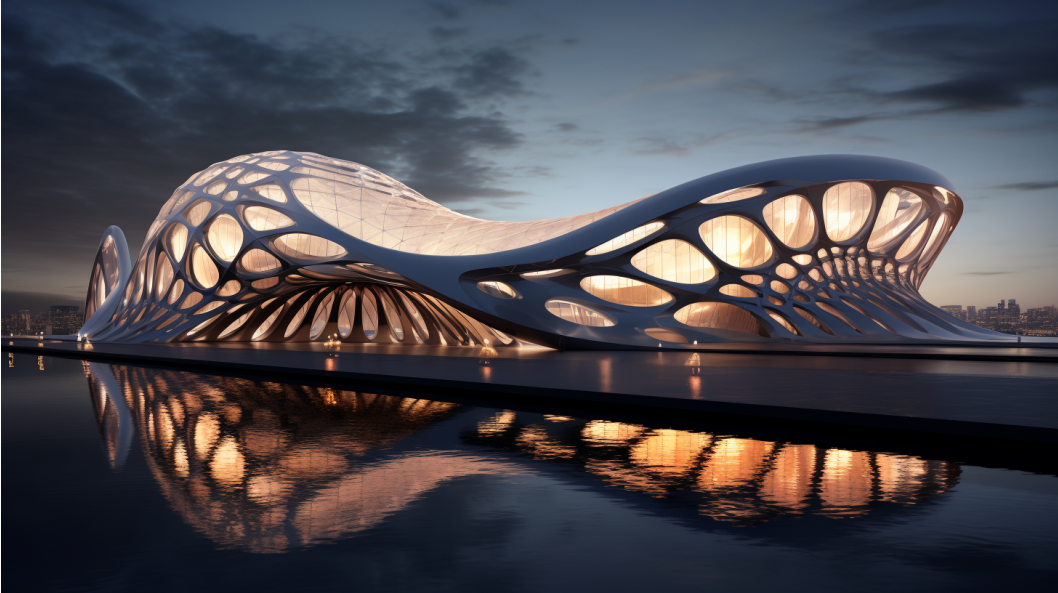
A Tapestry of Experience
This amalgamation also affords architects a palette to paint not just with materials, but with experiences. Interactive facades, reactive environments, and adaptive spaces herald an era where buildings immerse their occupants in a tapestry of tactile, visual, and auditory experiences. Think of spaces that morph and respond to external stimuli like weather, pedestrian traffic, and even social media trends, thereby weaving a rich tapestry that is perpetually in flux, forever escaping the bounds of stagnation.
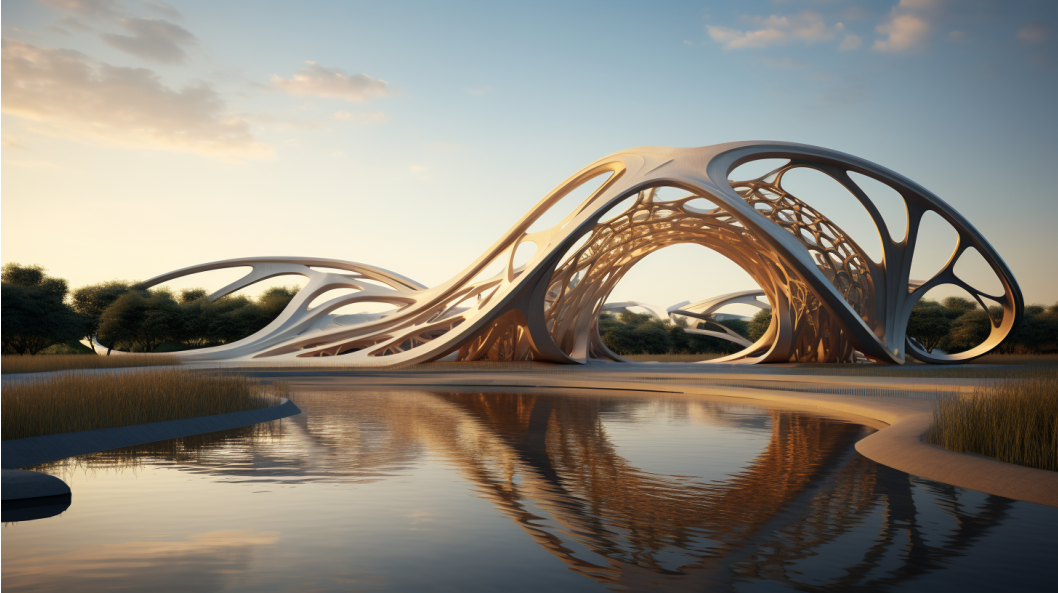
Sustainable Narratives in Design
Moreover, the bridging of parametric design and digital artistry promotes sustainability. The ability to use algorithms to optimize material usage, energy consumption, and architectural forms allows for creations that are not just mesmerizing spectacles but are also attuned to ecological harmonies. Digital artistry further augments this by providing a platform to visualize and communicate these sustainable narratives, enabling structures to converse with their inhabitants about tales of green choices and ecological symbiosis.
The Ethical Implications
However, it's pivotal to ponder the ethical and social implications of such advancements. In this confluence, how does one ensure that technology is inclusive and accessible to all? How do architects and designers ensure that as buildings converse with their occupants through digital artistry, they speak a language that is universal and not elitist? These questions become crucial as we stitch the digital and physical realms of architectural practice.
Crafting Tomorrow’s Skylines
In this poetic melding of algorithmic rigour and boundless creativity, the architectural landscape is morphing into a sentient entity, whispering tales of technological marvels and digital sorcery to all who traverse its realms. As parametric design and digital artistry bridge, one cannot help but gaze upon the horizon with a sense of awe and wonder, contemplating what masterpieces the confluence of data and imagination will sculpt upon tomorrow’s skylines.
But in this, architects, designers, and urban planners must tread with mindfulness and responsibility, ensuring that the future they script is not just a spectacle for a privileged few but a harmonious melody that resonates, inclusively and ethically, across the diverse tapestry of society.
And so, we venture forth, with algorithms and creativity as our co-pilots, into a future where our built environments are not mere spectators of time but active participants in the ceaseless dialogue between form, function, art, and humanity.
